Patent of the Day: Commutator for Dynamo Electric Machines
On this day in 1886 Nikola Tesla was granted the patent for COMMUTATOR FOR DYNAMO ELECTRIC MACHINES. U.S. Patent No. 334,823.
This invention relates to the commutators on dynamo - electric machines, especially in machines of great electromotive force, adapted to are lights; and it consists in a device by means of which the sparking on the commutator is prevented.
It is known that in machines of great electromotive force-such, for instance, as those used for are lights—whenever one commutator bar or plate comes out of contact with the collecting brush a spark appears on the commutator. This spark may be due to the break of the complete circuit, or of a shunt of low resistance formed by the brush between two or more commutator-bars. In the first case the spark is more apparent, as there is at the moment when the circuit is broken a discharge of the magnets through the field-helices, producing a great spark or flash which causes an unsteady current, rapid wear of the commutator bars and brushes, and waste of power. The sparking may be reduced by various devices, such as providing a path for the current at the moment when the commutator segment or bar leaves the brush, by short-circuiting the field-helices, by increasing the number of the commutator-bars, or by other similar means; but all these devices are expensive or not fully available, and seldom attain the object desired.
This invention enabled to prevent the sparking in a simple manner. For this purpose it is employed with the commutator - bars and intervening insulating material mica, asbestus paper or other insulating and preferably incombustible material, which the user arranges to bear on the surface of the commutator, near to and behind the brush.

Paul McCartney Sues Sony for Rights to Beatles' Songs
The popular Beatles song says “All You Need is Love” but Sir Paul McCartney will need more than that when he goes after music conglomerate Sony/ATV to reclaim the copyrights to 267 Beatles songs that pop star Michael Jackson acquired prior to his death.
In 1985, Michael Jackson outbid McCartney for the publishing rights to the Beatles’ songs. The final bid totaled $47.5 million and gave Jackson not only the rights to the Beatles’ songs but an estimated 4,000 songs and music tunes from the library of Robert Holmes à Court, an Australian businessman.
In 1995, Jackson took this music collection and entered into a joint venture with his Sony-based label and created Sony/ATV Music Publishing, which became one of the world’s largest song publishers and was estimated to have a net worth of $2 billion. In 2016, seven years after Jackson’s death, his estate sold his stake in Sony/ATV for $750 million to Sony. The Beatles’ songs were included in Sony’s purchase of the estate.
On Wednesday the 18th, McCartney filed suit in a New York Federal court with his legal team citing a provision (17 U.S.C.§304(c)(3)) of the 1976 Copyright Act which allows author(s) and co-author(s) the right to reclaim their copyrighted works “at any time during a period of five years beginning at the end of fifty-six years from the date copyright was originally secured, or beginning on January 1, 1978, whichever is later.” In order to terminate a transfer or license to a grantee, an author must serve advance notice on the grantee in writing.
In October of 2008, McCartney served and recorded in the U.S. Copyright Office termination notices to Sony/ATV that stated he wanted to reclaim the rights to the songs he co-wrote with former Beatle John Lennon from 1962-1971. The songs, some of which include “I Want to Hold Your Hand”, “All You Need is Love”, and “Love Me Do” comprise a majority of the Beatles’ catalog.
"Because the earliest of Paul McCartney's terminations will take effect in 2018, a judicial declaration is necessary and appropriate at this time so that Paul McCartney can rely on quiet, unclouded title to his rights," the suit said.
As part of their defense, Sony/ATV plans to reference a similar case that the musical group Duran Duran brought to England’s High Court against a Sony/ATV subsidiary. The group argued that U.S. Copyright Law allowed for them to request a reversion of their copyrighted material after 35 years. Unfortunately, for the group, the Court did not rule in their favor as they are governed by English laws of contract which barred them from reclaiming rights in the United States. In the McCartney v. Sony/ATV lawsuit, it is noted that in 1962 McCartney and Lennon signed contracts in England. McCartney’s legal team hopes the U.S. Copyright law will take precedence over English laws of contract.
A spokeswoman for Sony/ATV said in a statement, “Sony/ATV has the highest respect for Sir Paul McCartney with whom we have enjoyed a long and mutually rewarding relationship with respect to the treasured Lennon & McCartney song catalog. We have collaborated closely with both Sir Paul and the late John Lennon’s Estate for decades to protect, preserve, and promote the catalog’s long-term value. We are disappointed that they have filed this lawsuit which we believe is both unnecessary and premature.”
McCartney is seeking a declaratory judgement to reclaim his copyright interests, as well as his attorney’s fees.
Patent of the Day: Ice Cream Cone
On this day in 1927 Maximillian Buhse was granted the patent for ICE CREAM CONE. U.S. Patent No. 1,615,680.
This invention relates to the type of ice cream receptacles that are made of baked pastry and adapted to be eaten with the ice cream therein contained, and are enerally designated as ice-cream cones; and the invention provides, as a new article of manufacture, a highly improved article of the above character.
In accordance with this invention, the pastry cone is provided with a heavy internal coating of chocolate that will harden and remain hard under all ordinary temperatures and, of course, under very low temperatures. This coating may be sprayed on or otherwise applied and will be of such thickness that it not only reinforces the pastry cone but will be a very pronounced element in the flavor of the ice-cream cone. Also, this coating will make the cone impervious to water and will adapt the same to hold any melted ice-cream, even when, as sometimes will happen, the outer, relatively brittle, pastry shell of the cone is cracked. This coating, as is obvious, will also prevent the pastry cone from becoming soaked or soggy and will prevent the melted cream from leaking through the cone.

Patent of the Day: Apparatus for Producing Increased Realism in Scenic Effects
On this day in 1893 Steele Mackaye was granted the patent for APPARATUS FOR PRODUCING INCREASED REALISM IN SCENIC EFFECTS. U.S. Patent No. 490,490.
This invention relates to apparatus for producing scenic effects, and the primary object is to increase realism in such performances or entertainments. To this end an improved means for producing various scenic effects in imitation of natural or other scenery, and means for making various combinations for the attainment of any desired scenic effect, or the exhibition of any desired performance, the several appliances being particularly designed for the presentation or representation of important historical or other events-for instance, the discovery of America by Columbus, the burning of Rome, or the like-and the peculiar combination of apparatus permitting a vivid illustration or imitation in such exhibitions of various occurrences and natural or other scenery, either on land or water, in such manner as to give the effect of the actual occurrence and to represent persons or objects, either moving or stationary, and places and things situated at near and distant points as they appear to the eye of an observer located at any particular point; near and distant moving objects being made to move at different rates of speed for the production of perspective moving scenic effects.
This invention consists primarily in a combination of movable stages adapted to support and carry such scenic arrangements, machinery, property or persons as may be required for the exhibition or performance, and which are capable of being moved and combined upon the foundation floor of the scenic department of a theater, public hail or other place of amusement in such manner as to produce the desired scenic effect, or to facilitate any desired instantaneous modification in the scenic arrangements. Secondly: - In a combination of movable stages for making combinations for the attainment of the desired scenic arrangement or effect, together with guiding rails, cables and other suitable directing or steering apparatus and actuating mechanism for causing the stages to move at the same or at different rates of speed, as may be desired, for the production of perspective or other moving scenic effects, and for the improvement and increase of realism in such performances or exhibitions. Thirdly: - In various combinations of movable stages and stage appliances with improved weather-making apparatuses, illuminating and coloring devices, and cloud and cloud-shadow makers, for the production of various storm effects, the illumination and coloring of the scenery, and the imitation of clouds and cloud-shadows moving through the sky or over the land or water scenic arrangements; - and finally, in certain details of construction and combinations of parts.








Patent of the Day: Heater
On this day in 1900 Amos C. Steere was granted the patent for HEATER. U.S. Patent No. 641,805.
The object of this invention is to provide an economical and efficient air-heater, and while this invention is particularly adapted for a heater in which gas is employed as a fuel it can with proper modifications be used with coal, wood, or other fuel.
In the ordinary forms of stove there is a great waste of fuel, due to the rapid flow of the products of combustion to the chimney and to the fact that the products of combustion are not made to heat large areas of heating-surfaces. These faults are remedied by making the products of combustion take a sinuous course to the outlet and providing in the path of their flow large areas to be heated. Further, these air-heating surfaces are inclined so that the flow of air over or through the surfaces is facilitated.

Mark Zuckerberg Testifies in Intellectual Property Theft Case

Mark Zuckerberg, CEO of Facebook, appeared in a Dallas Federal Courtroom January 17, 2017, to testify in a lawsuit about accusations of theft of another company’s intellectual property. The lawsuit, ZeniMax Media v. Oculus VR, Inc., stems from allegations made by ZeniMax that Oculus stole technology from ZeniMax when they created their virtual reality headset.
Oculus VR, noted as one of the most prominent start-ups for its time, was purchased by Facebook for more than $2 billion in March of 2014. Zuckerberg stated that “Oculus's mission is to enable you to experience the impossible. Their technology opens up the possibility of completely new kinds of experiences.”
Shortly after the acquisition announcement, ZeniMax filed suit with the United States District Court for the Northern District of Texas, Dallas Division against Oculus and Palmer Luckey. ZeniMax claimed “under a binding Non-Disclosure Agreement, ZeniMax provided [Oculus and Luckey] with access to intellectual property developed by ZeniMax after years of research and investment. This valuable intellectual property included copyright computer code, trade secret information, and technical know-how.” The lawsuit further alleged that Oculus and Luckey “have wrongfully taken that ZeniMax intellectual property and commercially exploited it for their own gain.”
One of ZeniMax’s core arguments in this case is that John Carmack, former ZeniMax employee, shared some of the technology ZeniMax was developing at the time with Palmer Luckey, a founder of Oculus. Carmack left ZeniMax in 2013 to join the Oculus team and is now the chief technical officer. ZeniMax’s attorney called Carmack’s and Facebook’s actions “one of the biggest technology heists ever.” Carmack’s attorneys disagreed and argued that the trade secrets were “the fruit of Mr. Carmack’s participation and involvement with Palmer Luckey and Oculus”.
Another argument by ZeniMax is that Facebook rushed into the purchase of Oculus and did not research and review details about the company. ZeniMax’s attorney, Tony Sammi, claimed if research was completed by Facebook it would have discovered the dispute with ZeniMax prior to the acquisition. Zuckerberg replied that negotiating deals quickly is part of the game when you are up against competing companies such as Google, Apple and Twitter, “[b]eing able to move quickly not only increases our chance of getting the deal done, but it keeps us from having to pay a lot more as the deal process drives out.”
Zuckerberg further noted that the Oculus technology was not even fully developed when Facebook purchased it. Sammi countered that “[i]mproving on that technology doesn’t make it yours. If you steal my bike, paint it and put a bell on it, does that make it your bike?” Zuckerberg replied “I’m here because I believe [ZeniMax is] false and it’s important to testify to that…It’s pretty common when you announce a big deal that people just come out of the woodwork and claim they own some part of the deal.” Zuckerberg said “[l]ike most people in the court, I’ve never even heard of ZeniMax before.”
If Facebook loses this lawsuit they face up to $2 billion in damages.
Patent of the Day: Massage Apparatus
On this day in 1903, Charles J. Bailey was granted the patent for MASSAGE APPARATUS. U.S. Patent No. 718,594.
This invention has for its object the production of an improved apparatus for massage and also for strengthening the muscles and exercising.
This improved apparatus consists, essentially, of a flexible support surrounded by a series of rolling surfaces shaped to adapt the apparatus to any part of the human body, said surfaces roll independently when the apparatus is moved over the body.
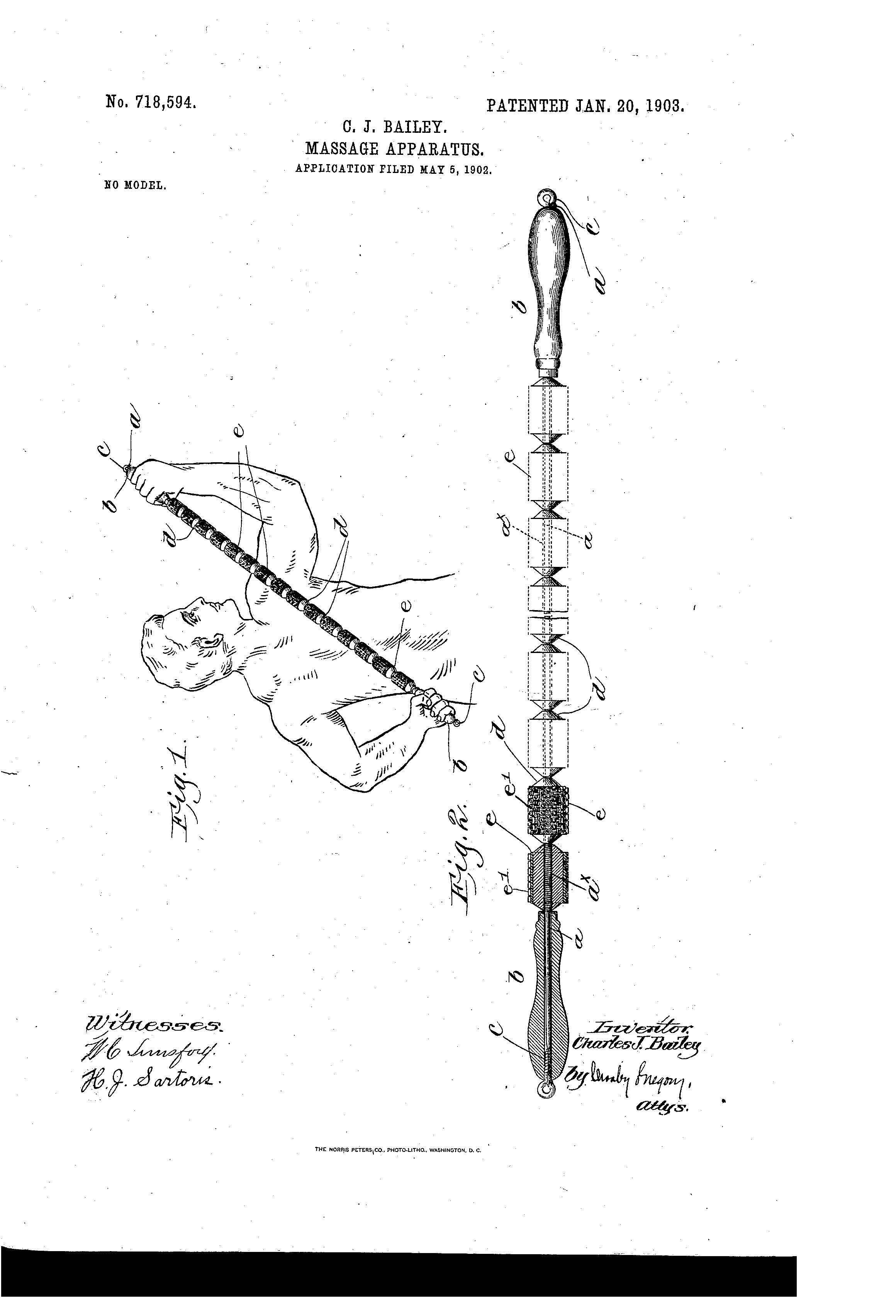
Patent of the Day: System of Illuminating by Luminescent Tubes
On this day in 1915 Georges Claude was granted the patent for SYSTEM OF ILLUMINATING BY LUMINESCENT TUBES. U.S. Patent No. 1,125,476.
This patent relates to lighting by luminescence of the rare gases of the atmosphere and especially of neon it has been pointed out that the properties of‘ these gases are very largely attenuated by the presence of traces of other gases and particularly of nitrogen. Consequently (and with the exception, of the method of separate scavengings with a specially prepared and absolutely pure gas) it is necessary to employ an exceedingly efficacious purification process on the spot in order to attain a high degree of purity of the neon which fills the tubes notwithstanding the liberation of the gases occluded in the walls or in the electrodes during the “formation ” of the said tubes.
This neon discharge tube would eventually be used in advertising signs.

Patent of the Day: Framing Tool
On this day in 1898 Lloyd Girton was granted the patent for FRAMING TOOL. U.S. Patent No. 597,464.
This invention relates to a novel form of framing-bevel for Carpenters, and builders, use; and the object is to provide a simple and convenient tool of this class to facilitate the laying off of rafters and the various polygonal bevels usually required in building.




Patent of the Day: Tricycle
cialis generika On this day in 1882 Edouard Carl Friedrich Otto was granted the patent for TRICYCLE. U.S. Patent No. 252,504.
This invention relates to improvements in tricycles; and it consists in furnishing a tricycle with two driving-wheels, which at the same time form the steering-wheels of the machine, while the third wheel, serves only to steady same without acting as a guiding-wheel, which is a perfectly novel feature. By this improved construction going uphill is rendered far more easy, as the two driving-wheels have a better hold or bite of the ground, while the third wheel voluntarily assumes and remains in the proper position to the driving-wheels.
The frame-work of the machine has two connecting rods to which a treadle-crank axle is so attached that it moves freely up and down with sliding boxes within which it rotates. Two treadle-pulleys are firmly attached to the ends of treadle-crank axle, which transmit power by endless chains or hands to two corresponding pulleys firmly attached to the driving-wheels, and thus immediately the treadle-crank is actuated to impart motion to the vehicle. The sliding boxes are attached to steering-rods actuated by steering-handles and brake-levers conveniently placed on either side. Thus the rider can lift either axle-box separately, together with its corresponding treadle-pulley, such upward movement slackening the chain or its equivalent, and allowing corresponding brake placed under corresponding driving-pulley, to press against corresponding driving-wheel, thereby retarding or arresting motion, as desired.
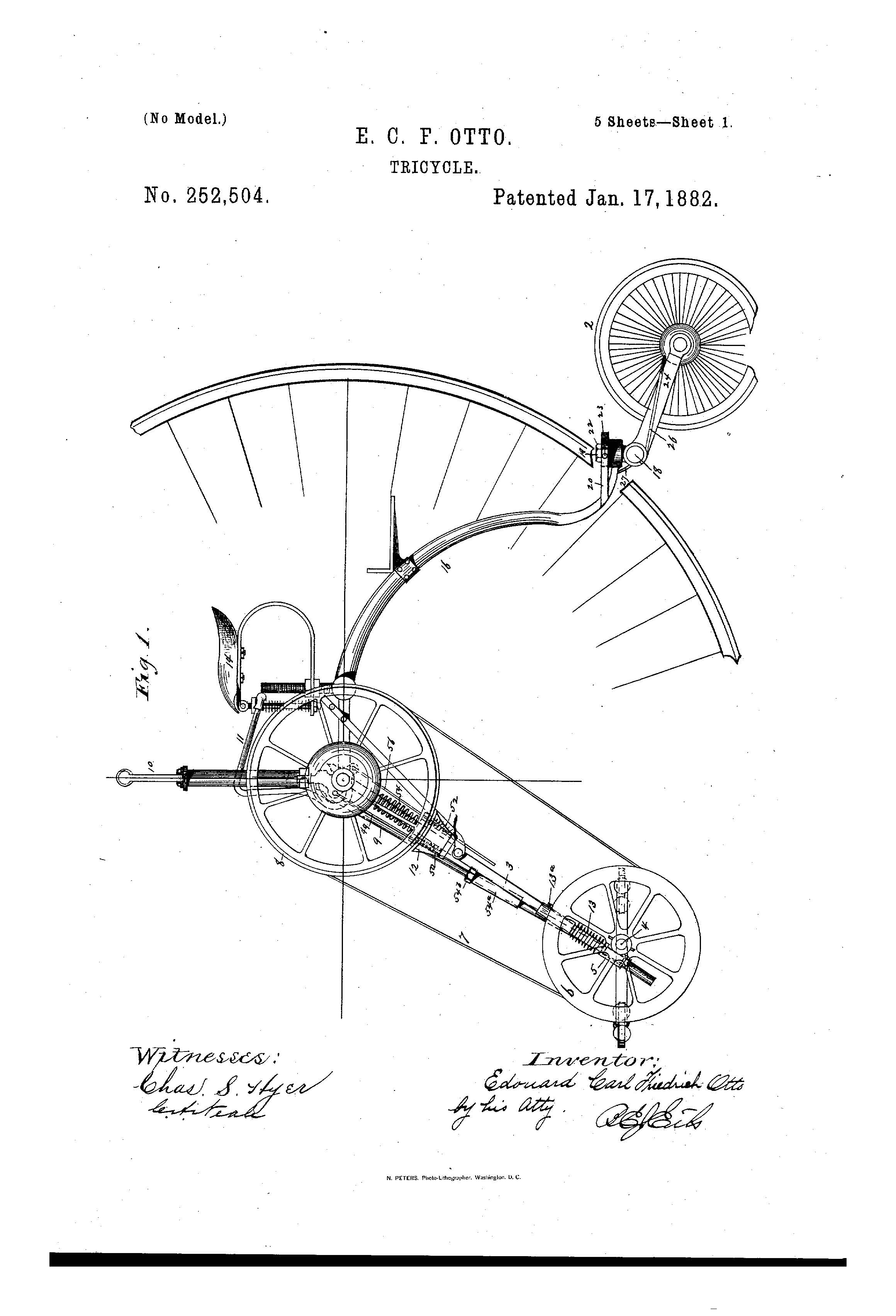




The OBA's 17th Annual Wine and Beer Tasting (Jan. 27)
Many of Suiter Swantz IP's attorneys will be attending this years 17th Annual Wine and Beer Tasting hosted by the Omaha Bar Association.
The event will be held at Noah's Event Venue, Friday the 27th, from 6-8 PM. For more information please visit the Omaha Bar Association's website.
Office Hours January 26 at The Startup Collaborative
Suiter Swantz IP will be holding office hours January 26th at The Startup Collaborative, located in the Exchange Building in downtown Omaha.
Chad Swantz will be at The Startup Collaborative from 3:00 – 5:00 pm. Feel free to send Chad an email (cws@suiter.com) if you’d like to reserve a time slot or have any questions.
In addition, meeting times can always be made on an as-needed basis by emailing Matt Poulsen (map@suiter.com) or Chad Swantz (cws@suiter.com).
Suiter Swantz IP
402-496-0300
www.suiter.com

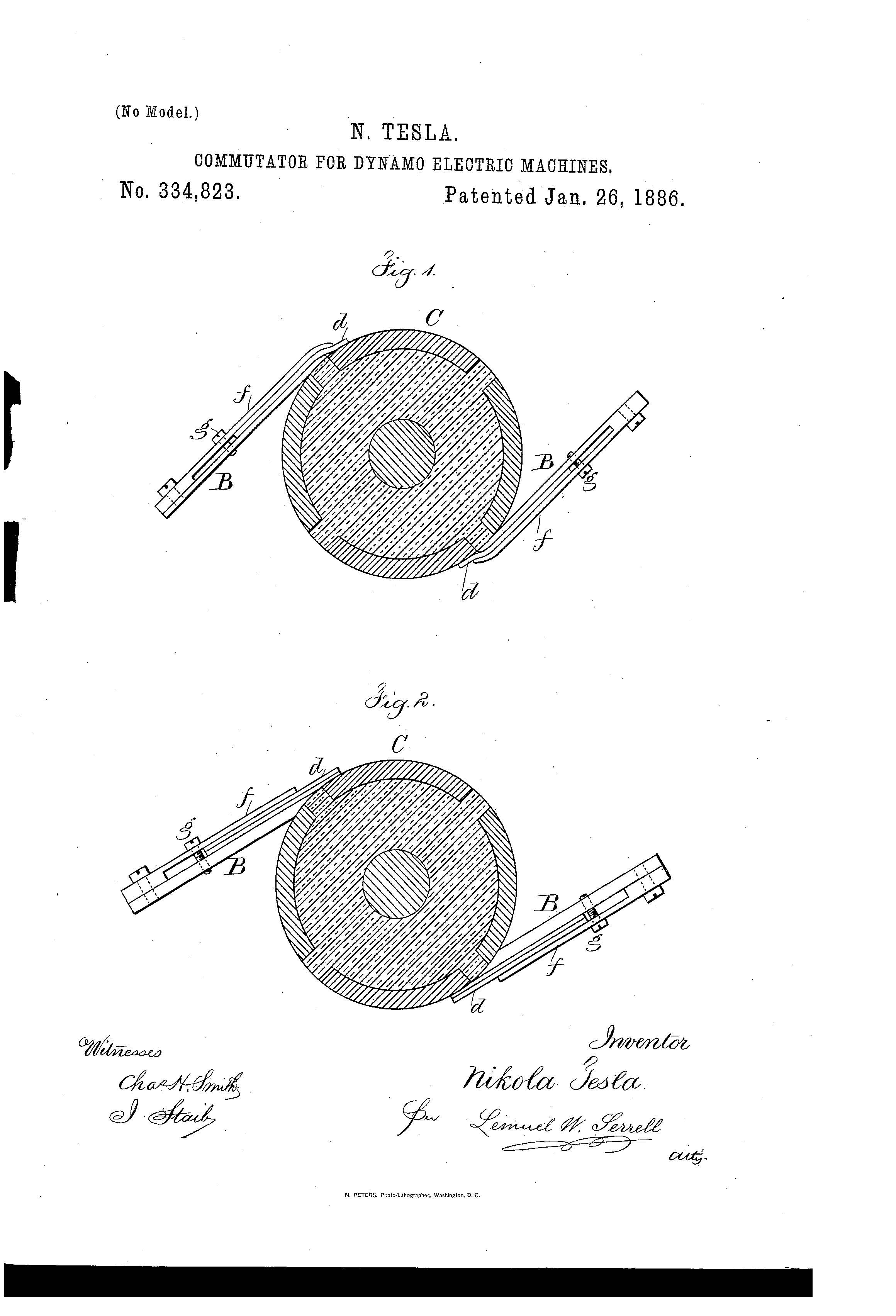

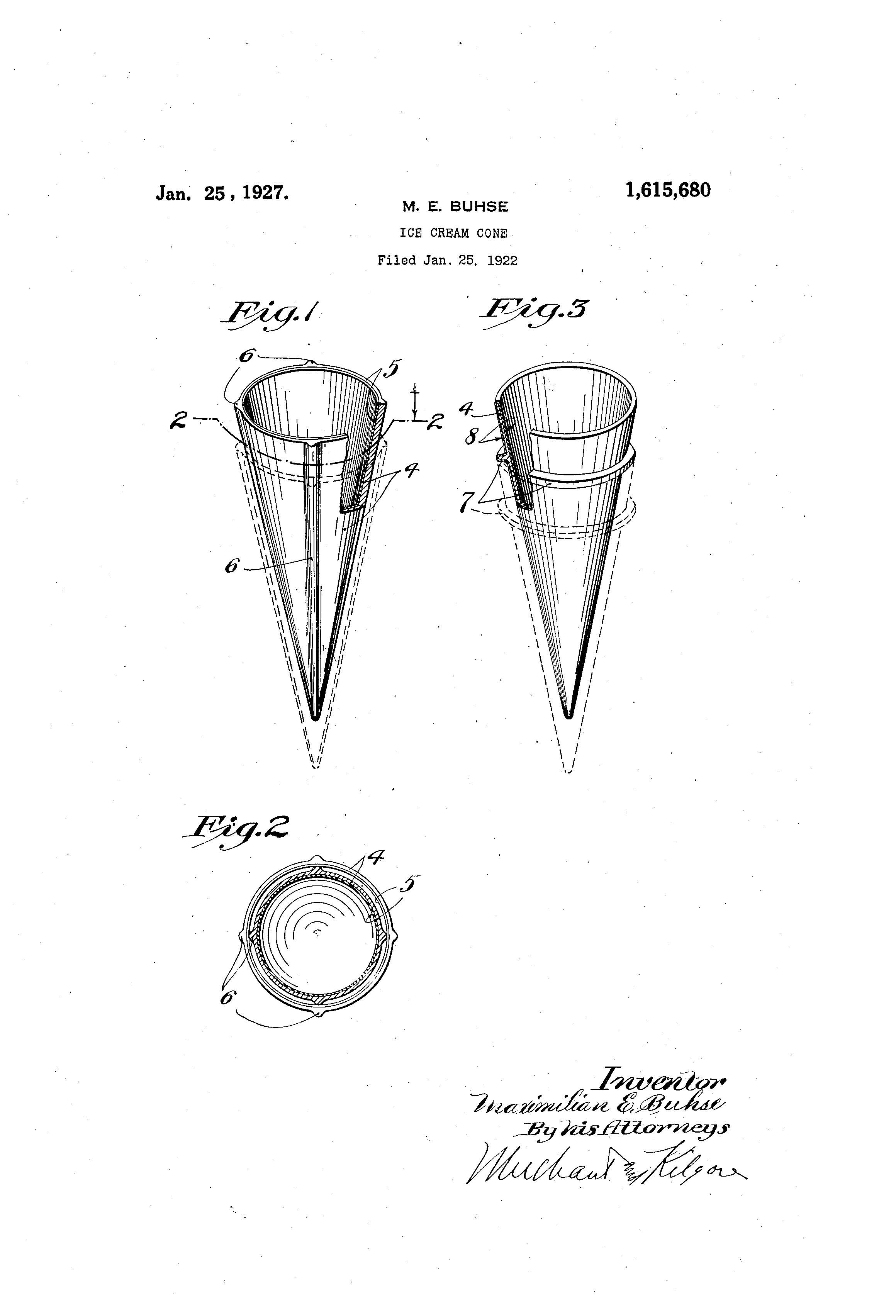
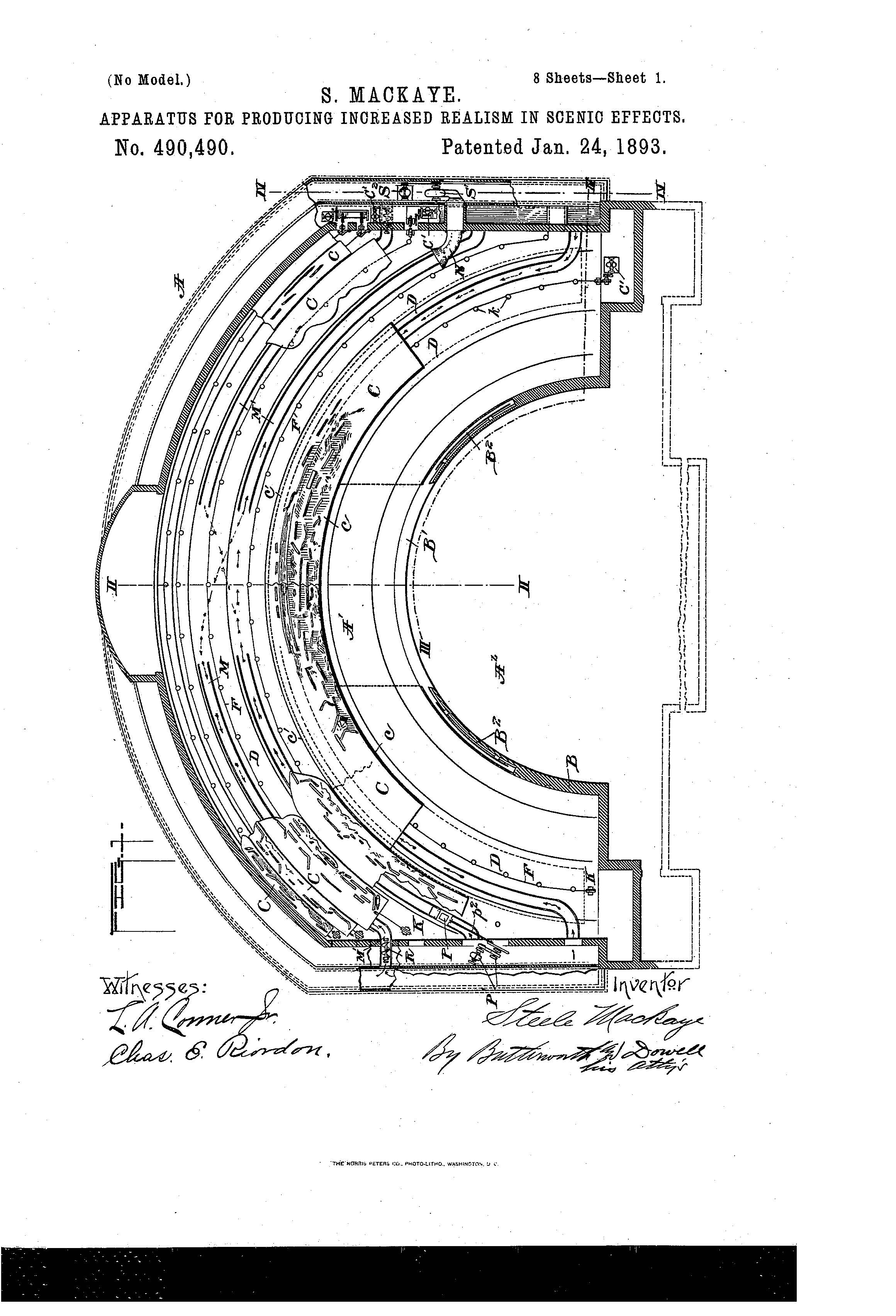
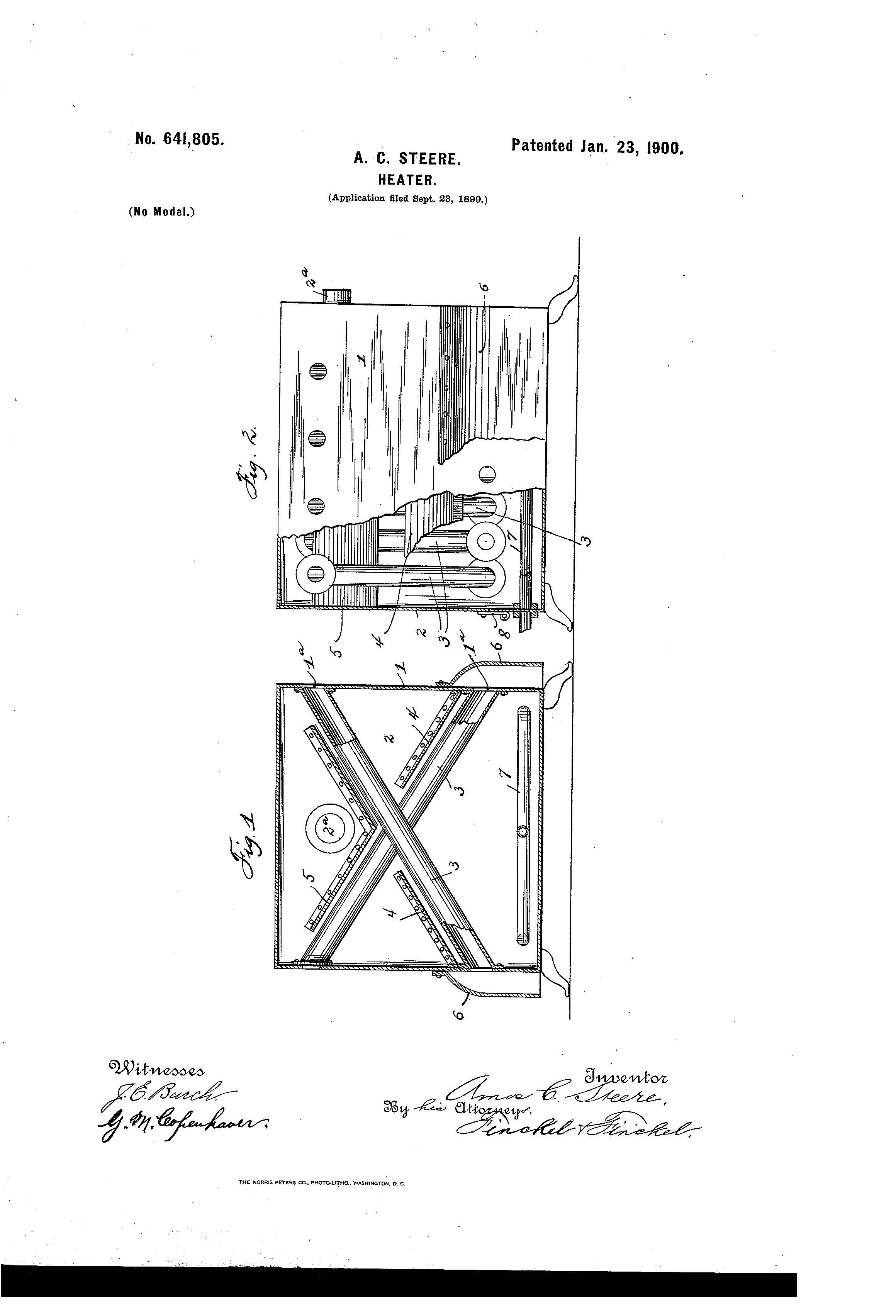
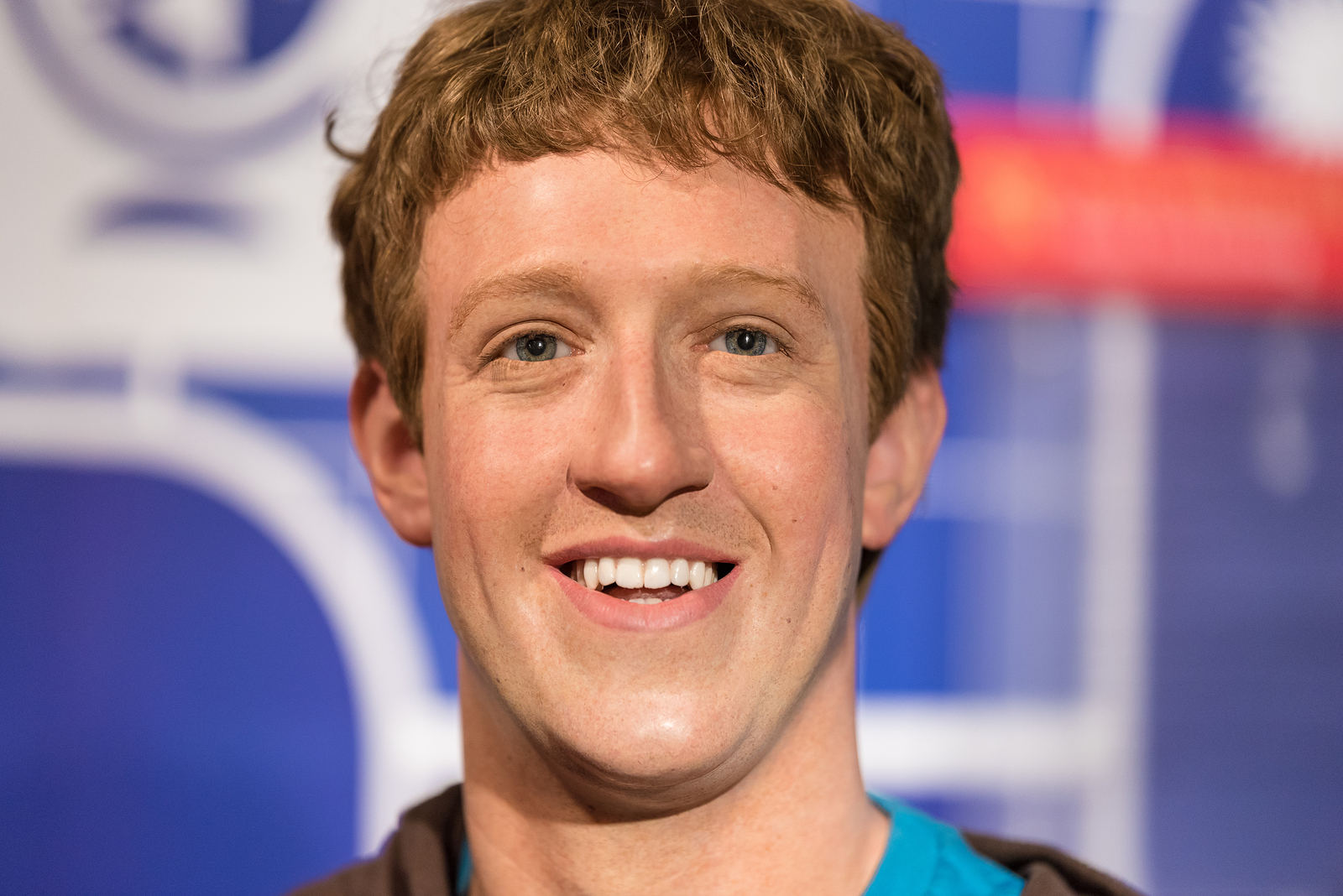

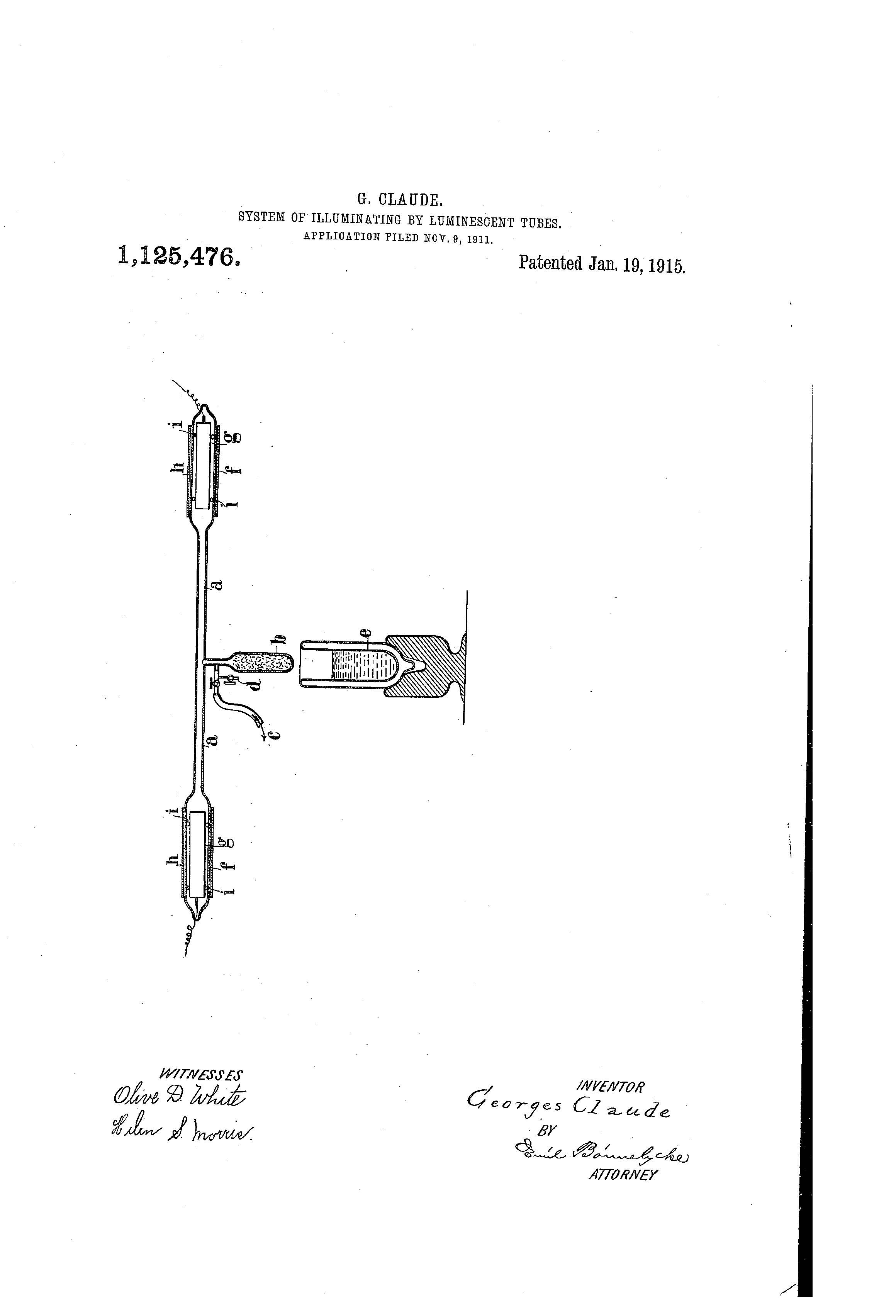
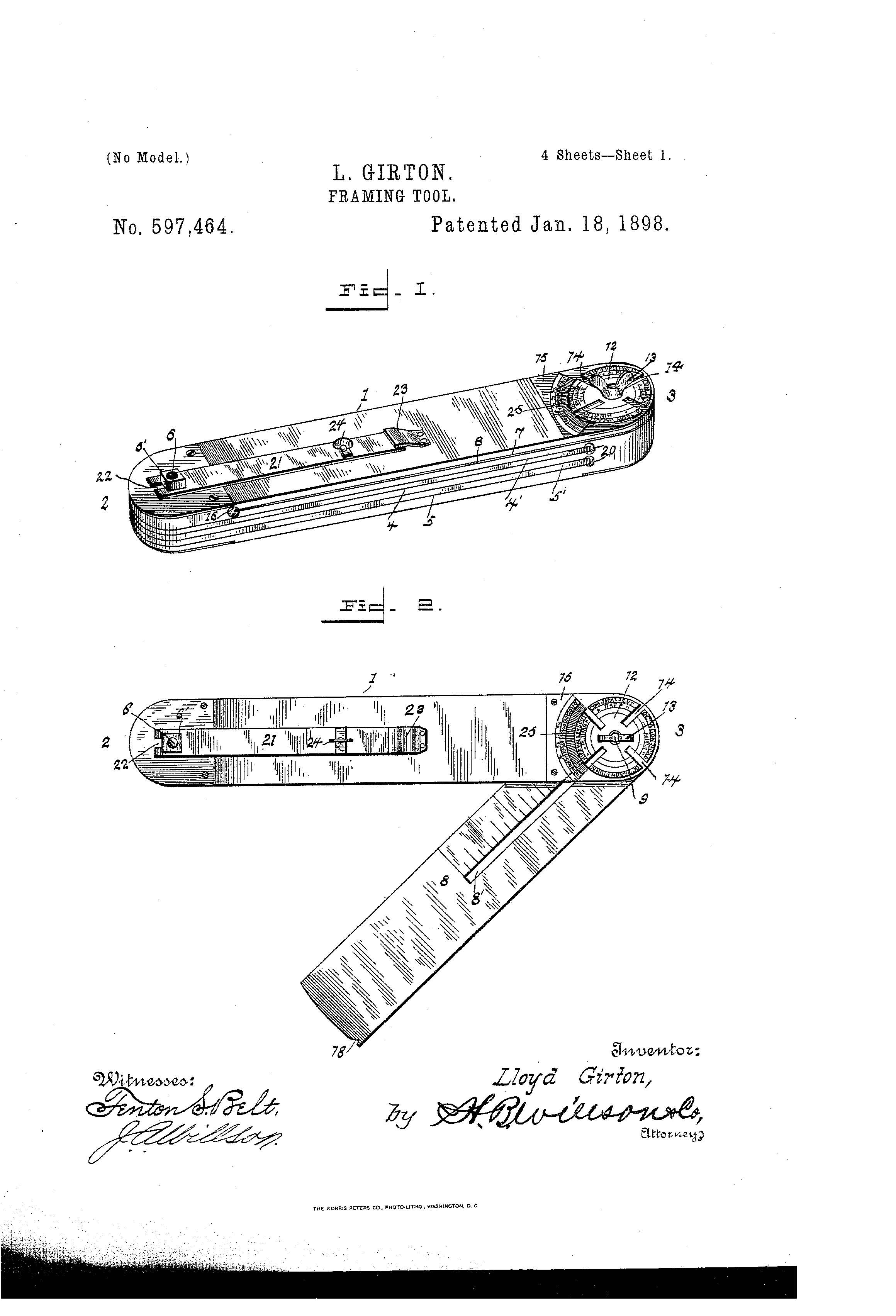
![tricycle Patent]](https://suiter.com/wp-content/uploads/2017/01/Patent-Illustration-Tricycle_Page_1.jpg)

